Saffron Production and Supply Sources
The Persian Gulf region primarily imports saffron from Iran, which is the world’s largest saffron producer. The unique climate and soil in regions like Khorasan Province in northeastern Iran create ideal conditions for cultivating high-quality saffron with a distinct flavor, aroma, and color. While other countries such as Spain and Afghanistan also produce saffron, Iranian saffron is widely regarded as superior in quality and is the preferred choice in the Gulf.
Varieties and Quality of Saffron
- Sargol: Known for its pure red stigma without yellow style, Sargol is considered high quality due to its potency and deep red color. It is highly valued in Gulf markets for its vibrant color and strong aroma.
- Negin: This variety is longer and thicker than Sargol, with a full red color and no yellow strands, making it one of the most expensive and sought-after types in the region.
- Pushal: Pushal contains a small portion of yellow style along with the red stigma, making it slightly lower in quality than Negin and Sargol. It’s more affordable and popular among households.
- Super Negin: This is a premium variety known for its thicker, more aromatic strands. Due to its high concentration of safranal, crocin, and picrocrocin compounds, it provides vibrant color and intense flavor, which are highly valued in the Gulf market.
Economic Importance of Saffron in the Persian Gulf
Saffron plays a significant economic role for both importing countries in the Gulf and producing countries like Iran. For Iran, saffron exports are a critical source of foreign exchange revenue, while Gulf nations contribute a substantial portion of the demand due to the herb’s cultural importance and high standard of living.
- Employment and Agricultural Income: In Iran, saffron farming creates extensive employment opportunities in rural areas, as it is a labor-intensive crop. Harvesting saffron requires handpicking each flower to collect the delicate stigmas, creating jobs in farming, processing, packaging, and exporting sectors.
- Import Markets in the GCC: The high demand in countries like the UAE, Saudi Arabia, and Kuwait reflects both consumer and cultural preferences. Saffron imports contribute to economic activities through the wholesale and retail markets, where it is sold as a luxury item, an ingredient in traditional dishes, or used for medicinal and cosmetic purposes.
- Re-Exporting Hub: The UAE, specifically Dubai, serves as a significant re-export hub for saffron in the region. Due to its free trade zones and strategic location, the UAE imports saffron for local consumption and re-exports it to neighboring countries in the Middle East, Africa, and Asia.
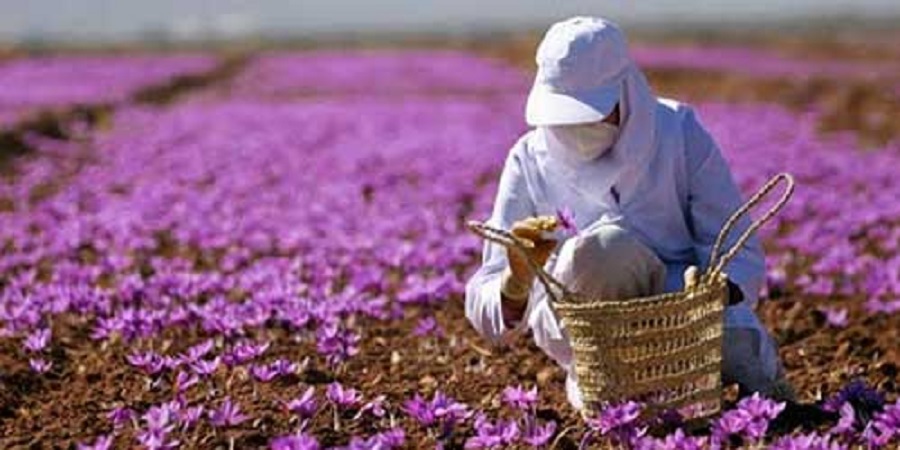
Cultural and Traditional Significance of Saffron
- Culinary Uses: Saffron is a key ingredient in traditional Persian Gulf dishes, including rice dishes, stews, and desserts. In Saudi Arabia and the UAE, it is used in famous dishes like kabsa, majboos, and sweets such as halwa. Its vibrant color, unique aroma, and subtle flavor add a luxurious touch to culinary traditions.
- Religious and Cultural Celebrations: Saffron is often used in celebratory dishes and desserts during events like Ramadan and Eid. Its association with prosperity and auspiciousness makes it a favored ingredient during festivals and special gatherings.
- Medicinal Uses and Wellness: Known for its medicinal properties, saffron is used in traditional medicine for its purported anti-inflammatory, antioxidant, and mood-enhancing properties. In recent years, the rising interest in health and wellness has increased saffron’s demand as a functional food.
Trade Practices and Saffron Market Dynamics
- Import and Distribution Channels: Saffron enters the Gulf region primarily through imports from Iran, Afghanistan, and sometimes Spain. Distributors import saffron either in bulk for repackaging or as packaged products. Wholesale markets and specialty stores in cities like Dubai, Riyadh, and Doha are significant distribution centers, where high-quality saffron is sold in small quantities to ensure freshness.
- Pricing and Quality Control: Saffron’s price fluctuates based on its quality, which is determined by the length, color, and aroma of the threads. Due to the high price of authentic saffron, quality control is stringent, with imports often undergoing certification and testing to verify authenticity and adherence to food safety standards.
- Customs Regulations and Tariffs: The Gulf countries impose various import tariffs and quality checks on saffron to prevent adulteration, which is a common issue with high-value spices. The UAE’s free trade zones and efficient customs processes make it a prime entry point for saffron destined for GCC markets.
- Counterfeit Prevention: Given saffron’s high price, counterfeiting and adulteration are concerns. Some importers and retailers use laboratory testing and certified labeling to guarantee authenticity. Regulations in GCC countries, particularly the UAE and Saudi Arabia, are increasingly stringent to combat these issues.
Factors Affecting Saffron Demand and Supply in the Persian Gulf
- Climate Conditions and Harvesting: The production of saffron is limited by specific climatic needs, with each stigma being hand-harvested. Weather variations, droughts, or floods can significantly affect the supply and quality, leading to price volatility in the Gulf market.
- Political Relations and Sanctions: Sanctions on Iran can affect saffron availability and prices in the Gulf region. Trade restrictions may lead to delays, limited supply, or reliance on other sources, impacting consumers and businesses in GCC countries.
- Rising Health Consciousness: With a growing focus on health and wellness, the demand for saffron as a functional food is on the rise. Gulf consumers are increasingly using saffron in health supplements, skincare, and wellness products, further driving demand.
- Seasonal Demand and Cultural Practices: Demand for saffron peaks during Ramadan, Eid, and other cultural celebrations, where it is used in festive cooking and gifts. This seasonal increase in demand impacts prices and availability.
- Market Competition: While Iranian saffron dominates, Spanish and Afghan saffron are gaining popularity, with some consumers preferring their specific characteristics. This competition introduces pricing and variety options for Gulf consumers.
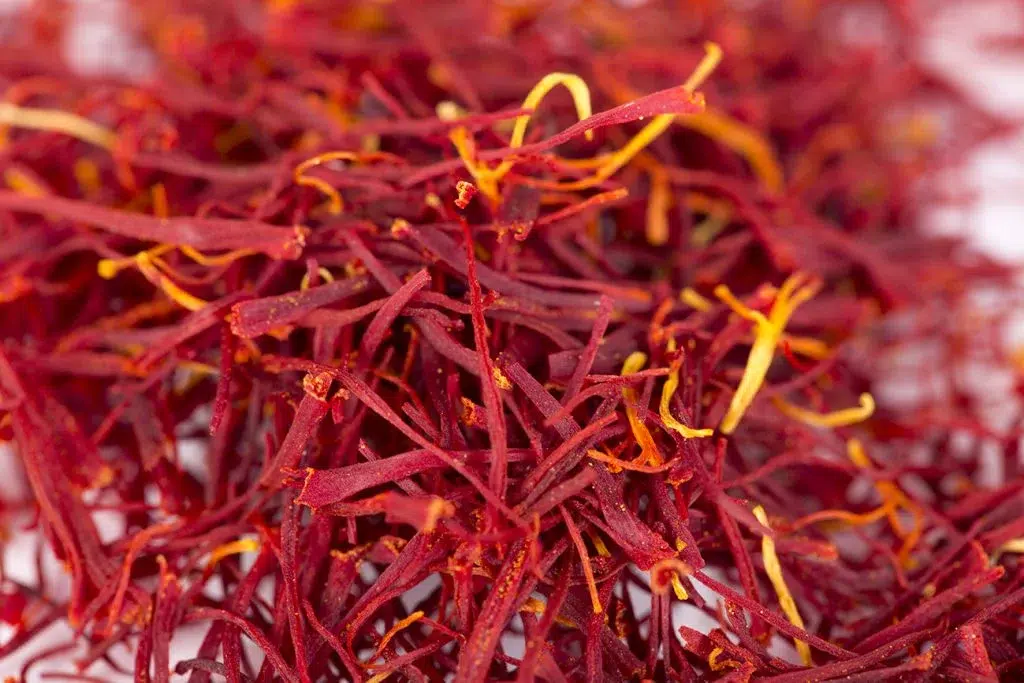
Challenges and Opportunities in the Saffron Market
- Environmental Sustainability: Water-intensive saffron farming in Iran faces challenges due to water scarcity, droughts, and environmental degradation. Sustainable farming practices, such as improved irrigation and soil conservation, are becoming more critical for maintaining saffron production.
- Consumer Education: Educating consumers on identifying pure saffron and understanding its health benefits is essential to combat counterfeit products. Retailers in the Gulf are increasingly offering information on quality indicators and certifications to assure authenticity.
- Expanding Consumer Market: As Gulf nations experience population growth and increased diversity due to expatriate communities, the demand for saffron is expanding. Saffron is being incorporated into various cuisines and products beyond traditional dishes, creating new market opportunities.
- Price Fluctuations: Saffron prices are subject to fluctuations due to seasonal availability, political factors, and consumer demand, making it a challenging market for both suppliers and consumers. Stable trade agreements and sustainable practices may help mitigate some of these challenges.
Conclusion
The saffron market in the Persian Gulf is driven by high demand, cultural significance, and the region’s economic prosperity. As the world’s leading saffron producer, Iran has a significant role in meeting the Gulf’s demand for premium saffron, though other sources are emerging. The market faces challenges related to environmental sustainability, political relations, and counterfeiting, but there are significant opportunities for growth, especially as consumer interest in health and wellness continues to rise. By balancing quality control, sustainable practices, and consumer education, the saffron trade in the Persian Gulf region is well-positioned for continued growth and success.

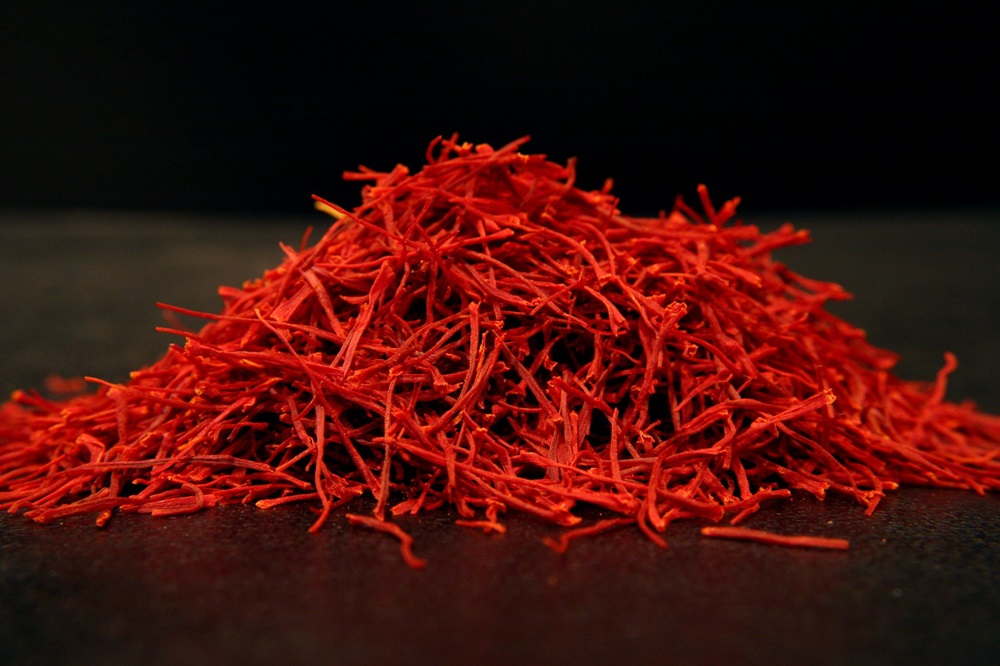

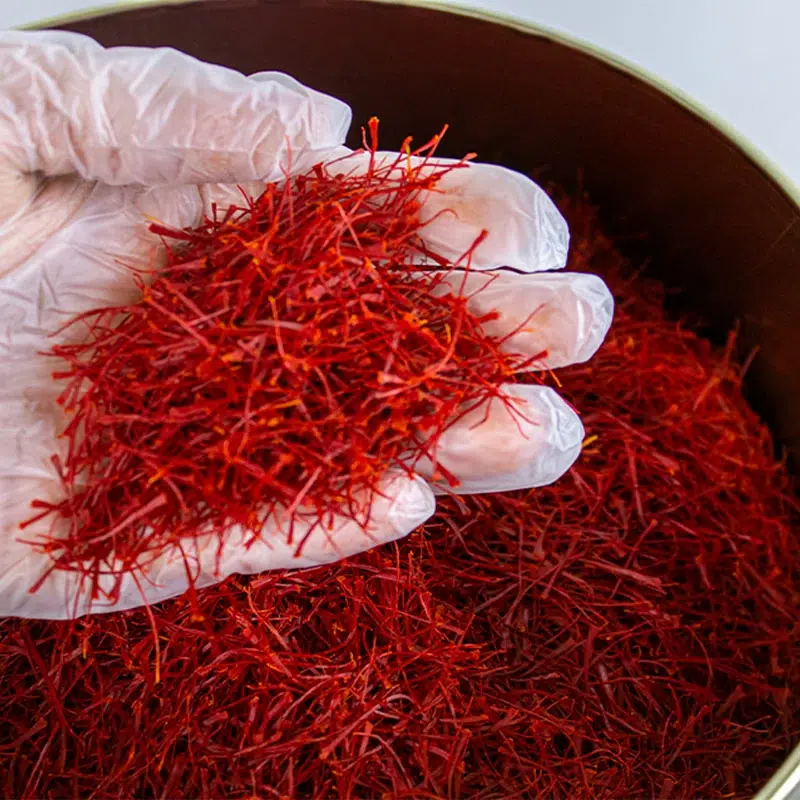
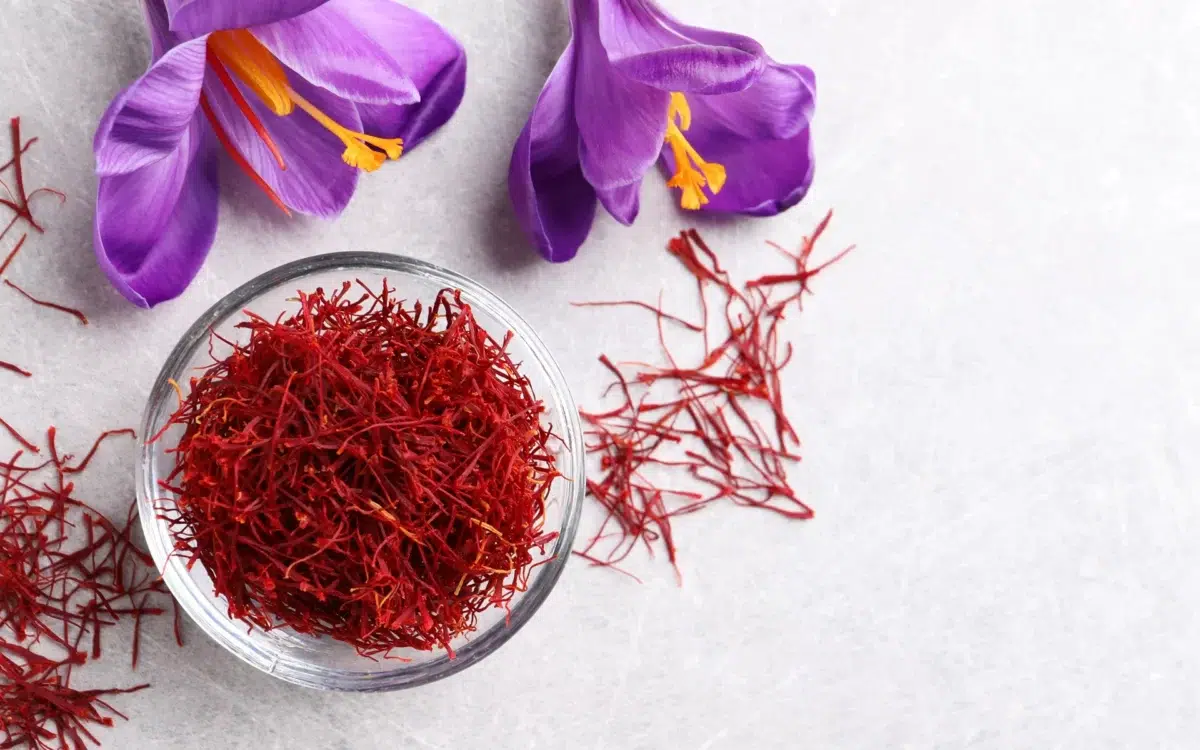
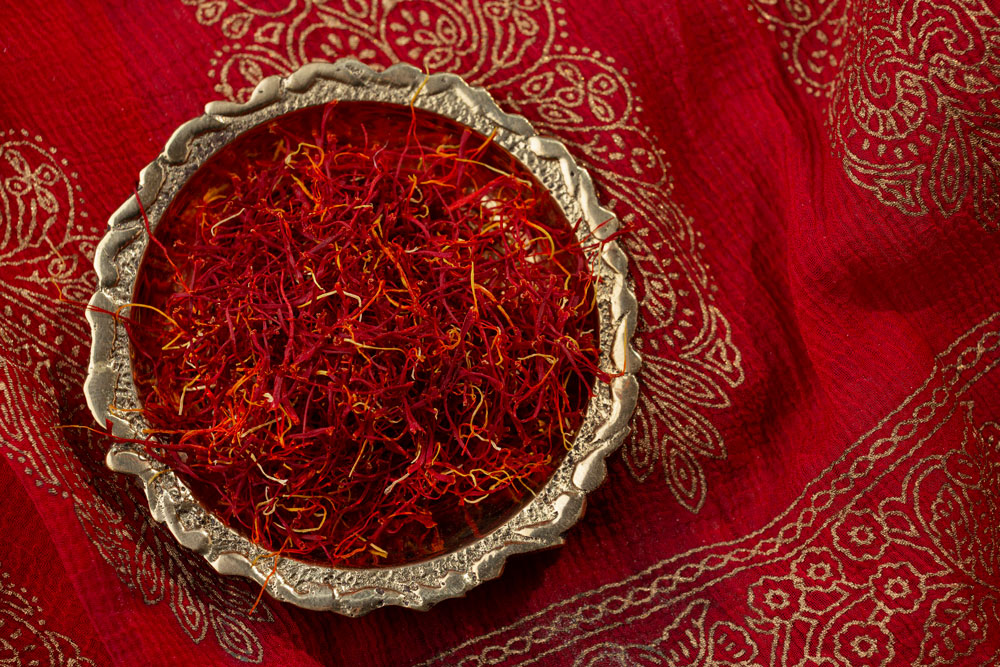
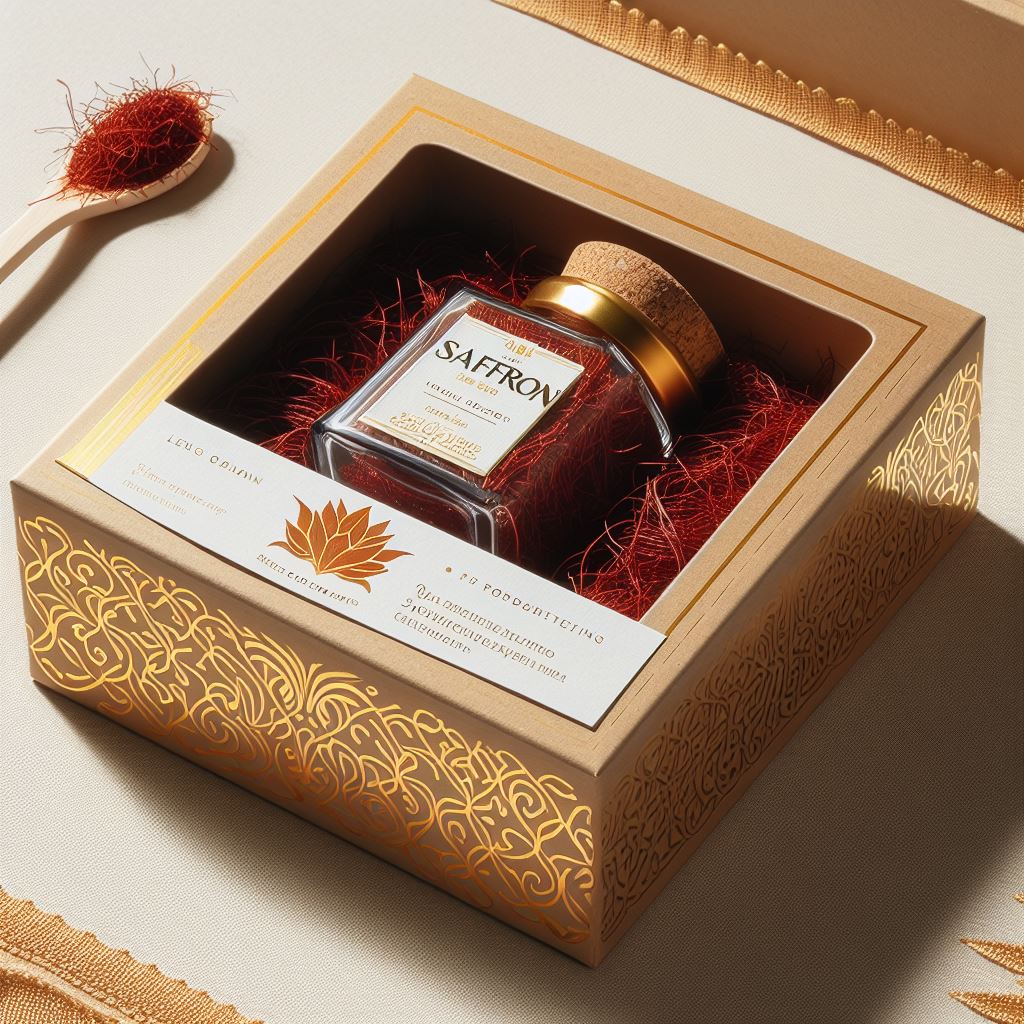
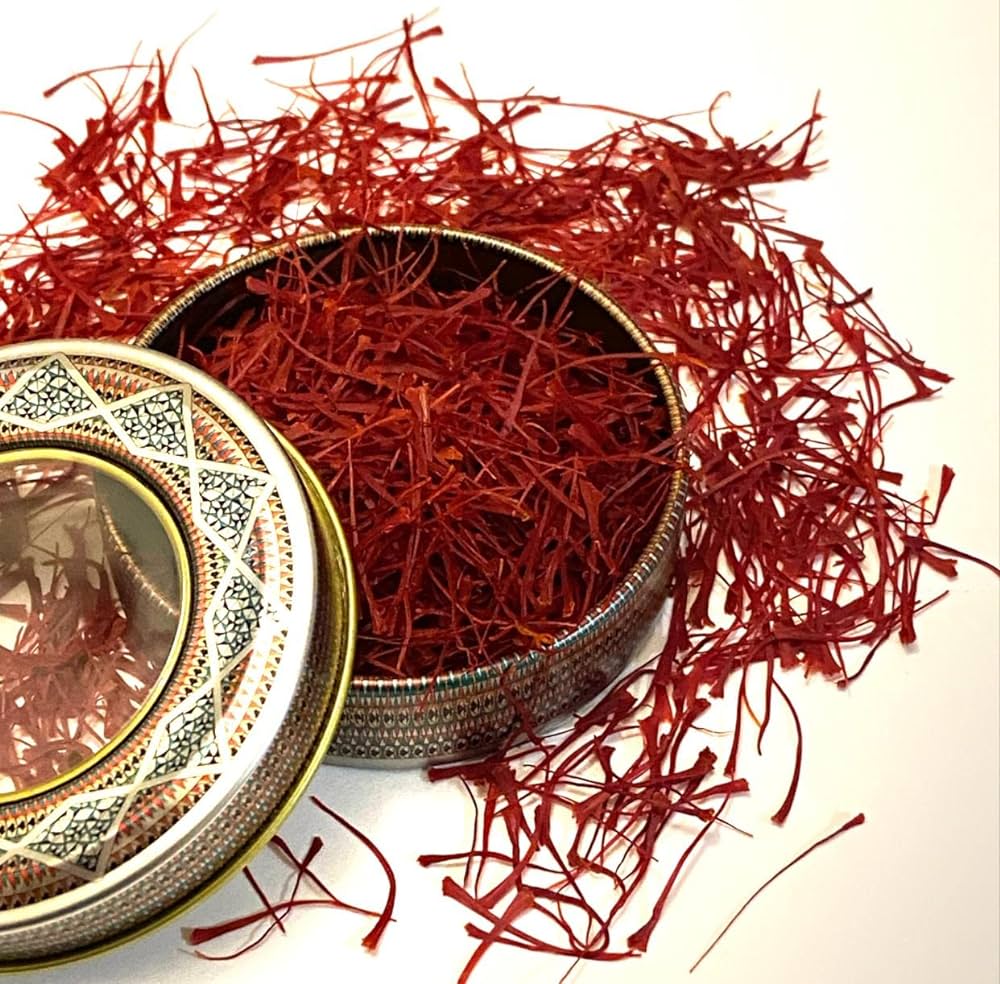
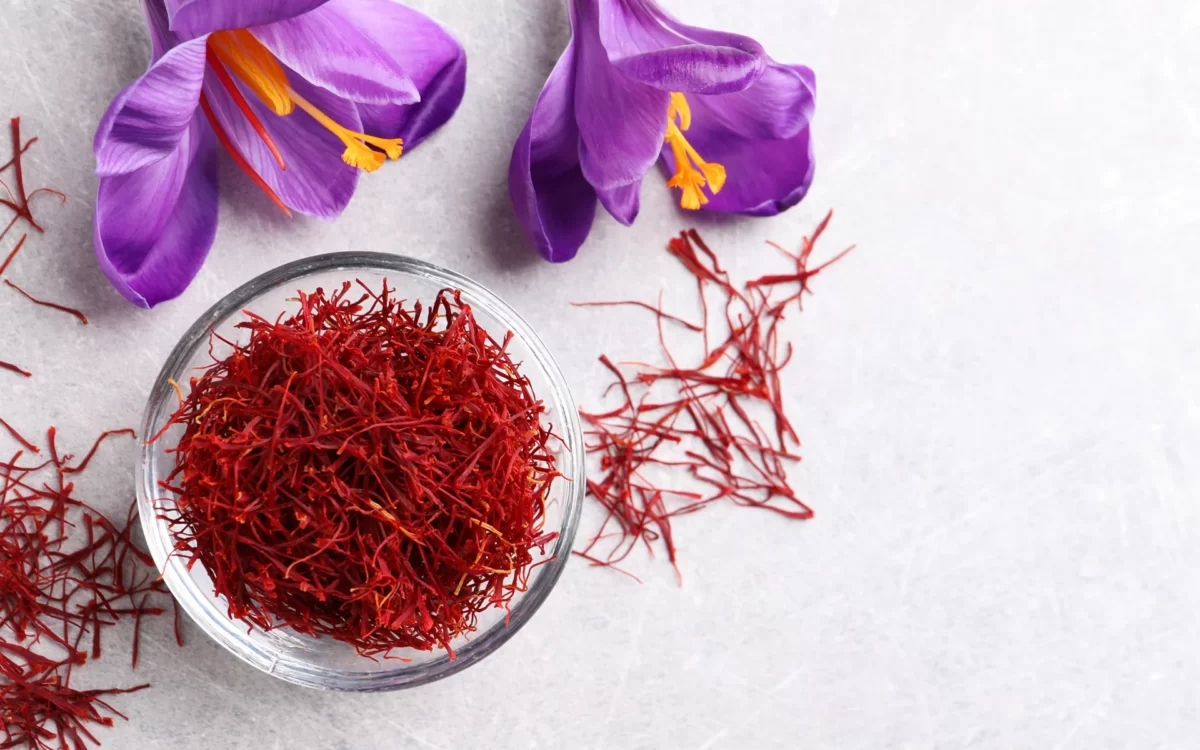
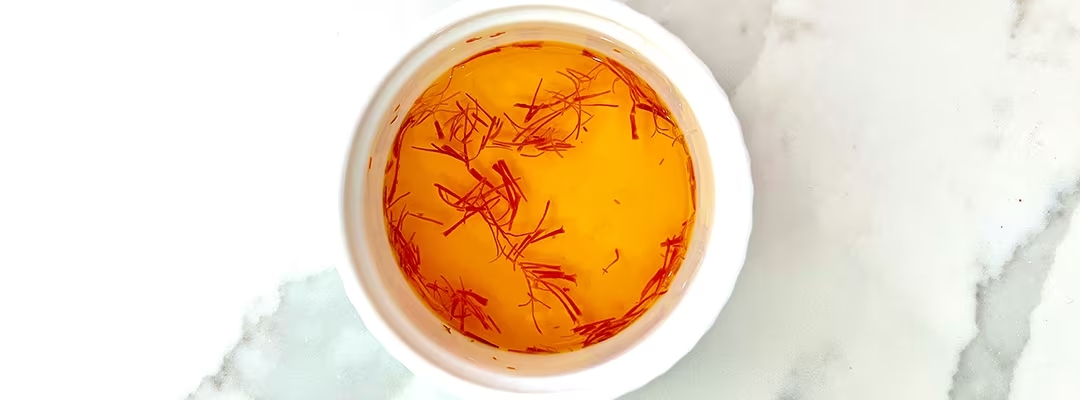
Your blog is a treasure trove of valuable insights and thought-provoking commentary. Your dedication to your craft is evident in every word you write. Keep up the fantastic work!